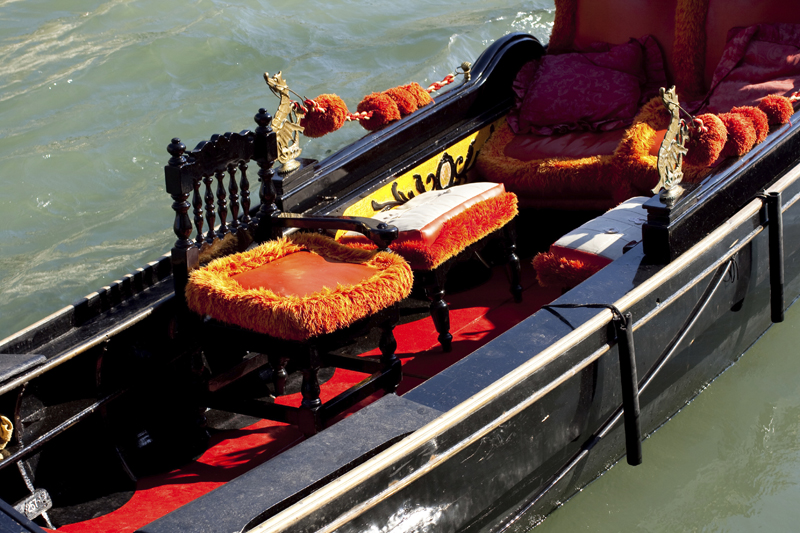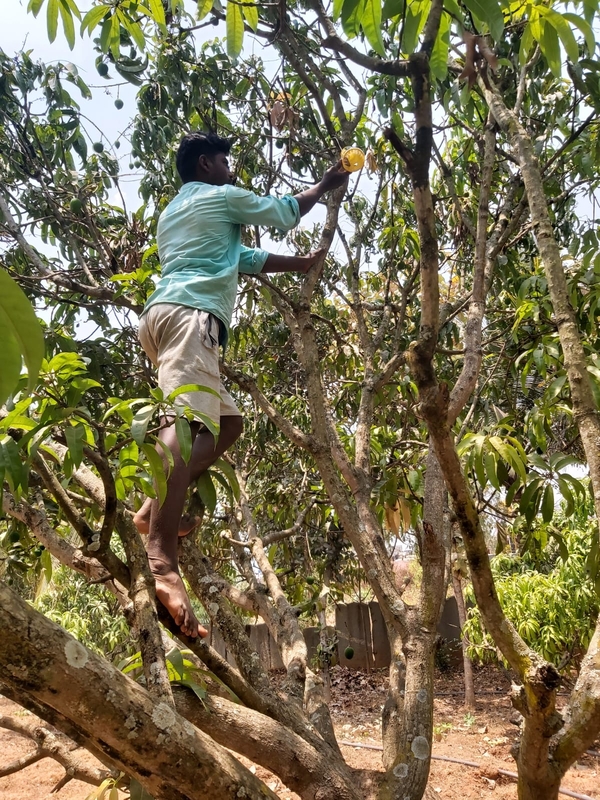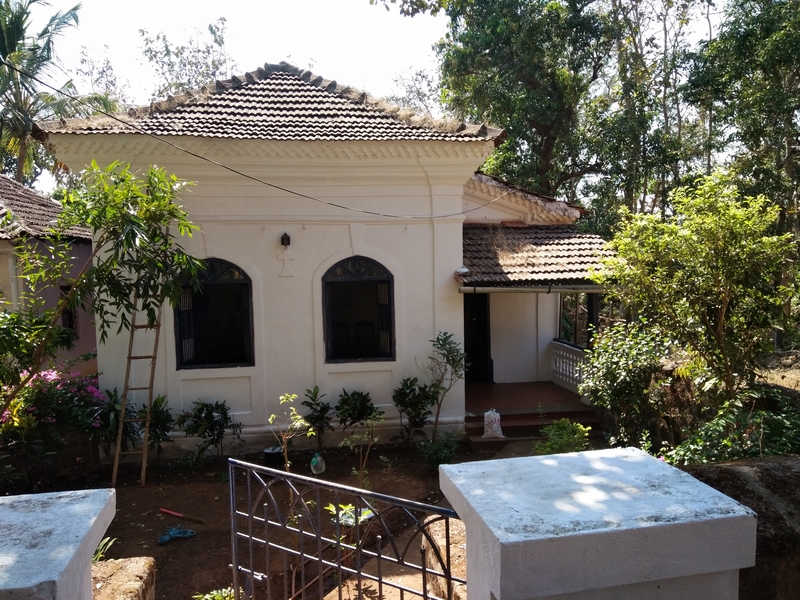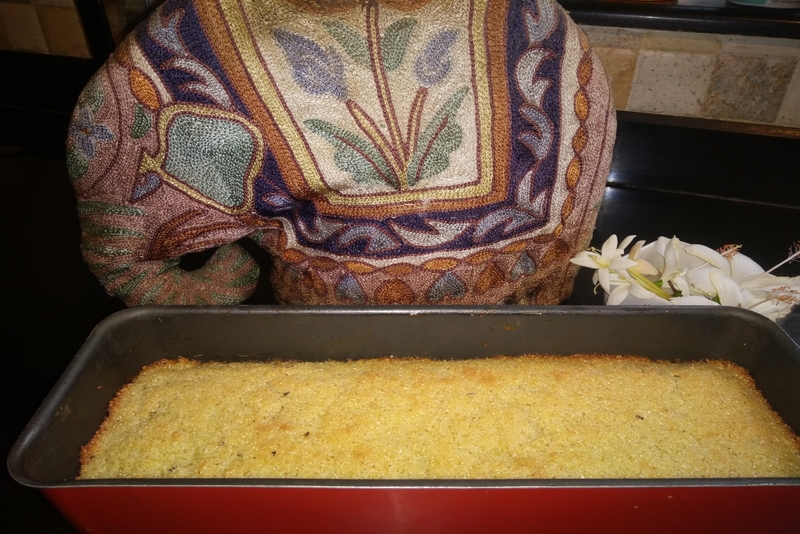Neuchatel – A pied zu fuss – on foot.

“I love the wine of Neuchatel, what a great start,” said James Joyce in 1941 as he sat down to a meal in the city. We echoed his sentiments exactly as we toasted one another with sparkling wine before setting out to see Neuchatel on foot. We had heard about the quaint little town which is just an hour’s train ride from Geneva and what drew us was it was supposed to have been the ‘home of chocolate.’ Nestled in the French Alps on the banks of three lakes Neuchatel, Morat and Bienne the little town as legend has it, was the home of chocolate. “ But Neuchatel has much more than lakes of milk and mountains of chocolate,” said Marlene Maurius our hostess for the week. “You need to get out and walk, to discover the history of Neuchatel which means New Castle, and dates back to 1011.”
Maps in hand we started out at Place de l’Hotel Communal which is the site of a magnificent Louis XVI fountain with a large basin hewn from a single block of stone. Sparkling water flowed out from a column in the centre and our bottles shot out for refilling. Cameras are de rigeur as the place is old world and dripping history. Walking past the Town Hall which is now the fancy Hotel de Ville, it dates back to 1784. The ground floor however is open to visitors and an interesting model of 18th century Neuchatel is on display. Like most of Europe, the narrow cobbled roads with buildings crowding them and cafes spilling out onto the roads, happen in Switzerland as well. Suddenly dominating most of the centre of a plaza is another grand fountain - the Fontaine de la Justice carved by Perroud dates back to 1545 and 1547. The octagonal basin is surmounted by the figure of Justice; a beautiful woman and at her feet four figures symbolizing the various forms of governance of the time; a pope, a magistrate, an emperor and a sultan. What amazes one is that every fountain is maintained perfectly with the gold glinting in the afternoon sunshine and water tinkling into the basin below.
Pictures taken against the fountain, we ramble on down Rue des Moulins where a series of baroque style homes make a great photo op. On this street is the famous Cardinal Brasserie which was a former brewery. We decide to relax in the shade of an awning and snack on some batter fried chicken wings dunked in red wine, downed with a couple of chilled beers. A fistful of Euros pays the bill and the blonde waitress is pleased with the generous tip we leave her. Just ahead is the Croix du Marche, which is the old Market Crossing. Here the Banneret restaurant with its typical renaissance architecture makes an interesting picture. Yet again, another fountain – Fontaine du Banneret comes into view, with a large bed of fragrant pansies, in a wild spectrum of colours alongside the basin. This is apparently the oldest fountain in the town and was originally just a livestock watering hole, outside the old town wall. In 1581 Laurent Perroud embellished it and we had a pair of unconcerned lovers embellishing it still further. So typical of Europe, one finds lovers intertwined everywhere, quite oblivious of the world around them, totally engrossed with one another.
Midway between the Market Crossing and the Maison des Halles (covered market) is the Passage des Corbets. This is a typical Neuchatel covered passage with a splendid spiral staircase. This passage opens out into the Place des Halles or the charming Market Square which is framed by 18th century house fronts. Glaring gargoyles with ferocious mouths wide open, are ornamentation to let the rainwater off the roof. Here the Fontaine du Griffon with its ugly golden Griffon dating back to 1664 was definitely my favourite fountain. This fountain was originally built to supply the city with water, with the surplus from the castle. In 1688 according to legend, when Charles-Paris d’Orleans and his brother visited Neuchatel, they had wine flow instead of water for the public festivities. That must have been one wild night, with a lot of dancing and singing in the streets.
We had reached the famous Chateau or Castle whose origins go back to the 12th century and is the highlight of the walk. There are two ways of getting to the Castle. One by the steep stairs which is meant for the more sprightly or along Rue du Chateau (Castle Street) which is more sedate and winding.
A free Chateau tour is available for those who would like to go around the whole building and see the Knights rooms and the State rooms. We preferred wandering around and drinking water out of the crystal clear fountain in the central courtyard. The kitchen of massive proportions still had a great big hearth and Marlene explained that whole oxen or swine were roasted on the spit with the cooks sweating over the roaring flames, basting the animal with grease.
But where was the chocolate, we asked? Who wanted to see only old castles and churches, we needed to see the chocolate Neuchatel was famous for.
“ Go down the Rue du Seyon and you will find the little store founded by Philippe Suchard in 1825,” advised Marlene. The Rue du Seyon is where the Seyon river used to flow till the middle of the 19th century. It still flows under the covered road and there we stumbled on Philippe Suchard’s old fashioned little confiserie, with its glass encased showcase of hand made chocolates. This was the Switzerland of the ‘mountains of chocolates’ for crazy chocolate fiends like us. Forget your diet, forget your guilt, just pander to your chocolate fantasy here and empty your wallet. This is chocolate to die for and you can enslave your wife or girlfriend for life with.
So take a train to Neuchatel if you are making a romantic Swiss holiday. You can savour a slice of Switzerland, which seems to be a well kept secret, away from the rabble and the regular tourist.
Maps in hand we started out at Place de l’Hotel Communal which is the site of a magnificent Louis XVI fountain with a large basin hewn from a single block of stone. Sparkling water flowed out from a column in the centre and our bottles shot out for refilling. Cameras are de rigeur as the place is old world and dripping history. Walking past the Town Hall which is now the fancy Hotel de Ville, it dates back to 1784. The ground floor however is open to visitors and an interesting model of 18th century Neuchatel is on display. Like most of Europe, the narrow cobbled roads with buildings crowding them and cafes spilling out onto the roads, happen in Switzerland as well. Suddenly dominating most of the centre of a plaza is another grand fountain - the Fontaine de la Justice carved by Perroud dates back to 1545 and 1547. The octagonal basin is surmounted by the figure of Justice; a beautiful woman and at her feet four figures symbolizing the various forms of governance of the time; a pope, a magistrate, an emperor and a sultan. What amazes one is that every fountain is maintained perfectly with the gold glinting in the afternoon sunshine and water tinkling into the basin below.
Pictures taken against the fountain, we ramble on down Rue des Moulins where a series of baroque style homes make a great photo op. On this street is the famous Cardinal Brasserie which was a former brewery. We decide to relax in the shade of an awning and snack on some batter fried chicken wings dunked in red wine, downed with a couple of chilled beers. A fistful of Euros pays the bill and the blonde waitress is pleased with the generous tip we leave her. Just ahead is the Croix du Marche, which is the old Market Crossing. Here the Banneret restaurant with its typical renaissance architecture makes an interesting picture. Yet again, another fountain – Fontaine du Banneret comes into view, with a large bed of fragrant pansies, in a wild spectrum of colours alongside the basin. This is apparently the oldest fountain in the town and was originally just a livestock watering hole, outside the old town wall. In 1581 Laurent Perroud embellished it and we had a pair of unconcerned lovers embellishing it still further. So typical of Europe, one finds lovers intertwined everywhere, quite oblivious of the world around them, totally engrossed with one another.
Midway between the Market Crossing and the Maison des Halles (covered market) is the Passage des Corbets. This is a typical Neuchatel covered passage with a splendid spiral staircase. This passage opens out into the Place des Halles or the charming Market Square which is framed by 18th century house fronts. Glaring gargoyles with ferocious mouths wide open, are ornamentation to let the rainwater off the roof. Here the Fontaine du Griffon with its ugly golden Griffon dating back to 1664 was definitely my favourite fountain. This fountain was originally built to supply the city with water, with the surplus from the castle. In 1688 according to legend, when Charles-Paris d’Orleans and his brother visited Neuchatel, they had wine flow instead of water for the public festivities. That must have been one wild night, with a lot of dancing and singing in the streets.
We had reached the famous Chateau or Castle whose origins go back to the 12th century and is the highlight of the walk. There are two ways of getting to the Castle. One by the steep stairs which is meant for the more sprightly or along Rue du Chateau (Castle Street) which is more sedate and winding.
A free Chateau tour is available for those who would like to go around the whole building and see the Knights rooms and the State rooms. We preferred wandering around and drinking water out of the crystal clear fountain in the central courtyard. The kitchen of massive proportions still had a great big hearth and Marlene explained that whole oxen or swine were roasted on the spit with the cooks sweating over the roaring flames, basting the animal with grease.
But where was the chocolate, we asked? Who wanted to see only old castles and churches, we needed to see the chocolate Neuchatel was famous for.
“ Go down the Rue du Seyon and you will find the little store founded by Philippe Suchard in 1825,” advised Marlene. The Rue du Seyon is where the Seyon river used to flow till the middle of the 19th century. It still flows under the covered road and there we stumbled on Philippe Suchard’s old fashioned little confiserie, with its glass encased showcase of hand made chocolates. This was the Switzerland of the ‘mountains of chocolates’ for crazy chocolate fiends like us. Forget your diet, forget your guilt, just pander to your chocolate fantasy here and empty your wallet. This is chocolate to die for and you can enslave your wife or girlfriend for life with.
So take a train to Neuchatel if you are making a romantic Swiss holiday. You can savour a slice of Switzerland, which seems to be a well kept secret, away from the rabble and the regular tourist.

Related Articles
Editor's Picks Articles
Top Ten Articles
Previous Features
Site Map
Content copyright © 2023 by Marianne de Nazareth. All rights reserved.
This content was written by Marianne de Nazareth. If you wish to use this content in any manner, you need written permission. Contact Marianne de Nazareth for details.





 -resizeimage.jpg.jpg)

